The haunting melody of "Jasmine Flower" weaves through the grandeur of Puccini’s Turandot, a curious intersection of Western opera and imagined Orientalism. Composed in the early 20th century, the opera remains one of the most controversial yet celebrated works in the canon, largely due to its appropriation of Chinese musical motifs and its fantastical portrayal of the East. At its heart lies a paradox: a quintessentially Italian composer’s vision of a China that never was, brought to life through a tune as delicate as it is deceptive.
Puccini never set foot in China. His understanding of its culture was secondhand, filtered through translations, travelogues, and the exoticist fantasies of his time. Yet, in Turandot, he crafted an empire of sound—one where the pentatonic scale of "Mo Li Hua" (Jasmine Flower) becomes both a symbol of purity and a weapon of seduction. The folk tune, originally a Jiangnan ballad about the unassuming beauty of jasmine blossoms, is transformed into Princess Turandot’s lethal signature. Each time it rings out in the opera, it heralds another execution, another suitor failing to solve her riddles. The irony is exquisite: a song of humility twisted into an anthem of tyranny.
The aria "Signore, ascolta!", sung by the slave girl Liù, offers a stark counterpoint to Turandot’s icy dominance. Here, Puccini’s score shifts from borrowed Orientalism to unabashed Italian lyricism, as if to underscore Liù’s humanity against the princess’s mythic cruelty. Critics have long debated whether this duality redeems or exacerbates the opera’s cultural tensions. Is Liù’s tenderness meant to contrast Turandot’s "Asian" ruthlessness, reinforcing stereotypes? Or does her character—alongside the unresolved ending Puccini left at his death—hint at a deeper ambivalence about the West’s fascination with the "Orient"?
What makes Turandot endure, despite its problematic underpinnings, is the sheer audacity of its music. The Act II riddle scene, where Turandot’s theme collides with orchestral chaos, remains one of opera’s most thrilling moments. Puccini’s genius lay in recognizing the dramatic potential of "Mo Li Hua"—its five-note simplicity could be stretched, harmonized with Western chromaticism, and layered into something terrifyingly majestic. When tenor Luciano Pavarotti popularized "Nessun dorma" in the 1990s, global audiences embraced the aria without dissecting its Orientalist context. The prince’s victory cry, soaring over a chorus humming Turandot’s jasmine motif, became a testament to music’s power to transcend its own contradictions.
Modern productions grapple with Turandot’s legacy in revealing ways. Some directors emphasize the fairy-tale quality, framing it as a fable divorced from real cultures; others confront its imperialism head-on, using costume and staging to critique European fantasies of Asia. In 1998, Zhang Yimou’s Forbidden City production leaned into spectacle, with hundreds of extras in Tang Dynasty robes—an aesthetic as carefully curated as Puccini’s score. Meanwhile, composers like Tan Dun have reimagined the jasmine theme in works such as Marco Polo, weaving it into a more nuanced East-West dialogue.
The jasmine flower, in the end, refuses to be pinned down. Puccini’s use of "Mo Li Hua" mirrors the opera’s central tension: a Western artist’s longing to possess an idealized East, even as that East eludes comprehension. Like the princess herself, the melody is both alluring and alien, a siren song that continues to captivate—and unsettle—over a century later.
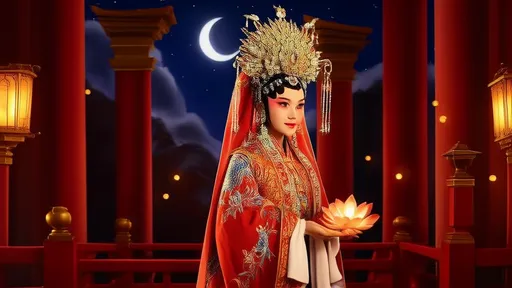
By /Aug 8, 2025

By /Aug 8, 2025

By /Aug 8, 2025

By /Aug 8, 2025
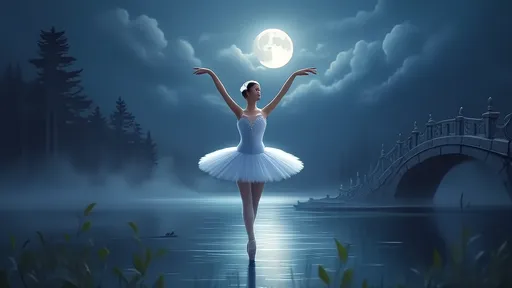
By /Aug 8, 2025

By /Aug 8, 2025

By /Aug 8, 2025

By /Aug 8, 2025

By /Aug 8, 2025
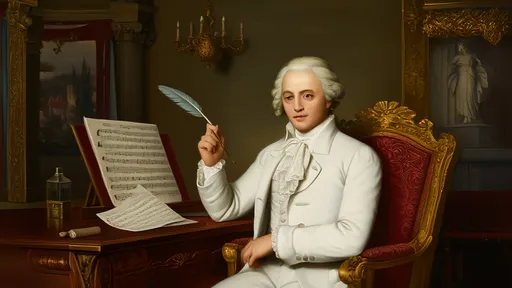
By /Aug 8, 2025

By /Aug 7, 2025
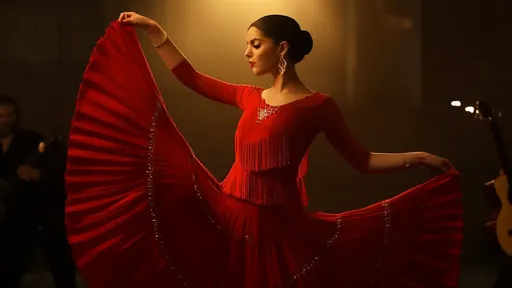
By /Aug 7, 2025

By /Aug 7, 2025

By /Aug 7, 2025

By /Aug 7, 2025
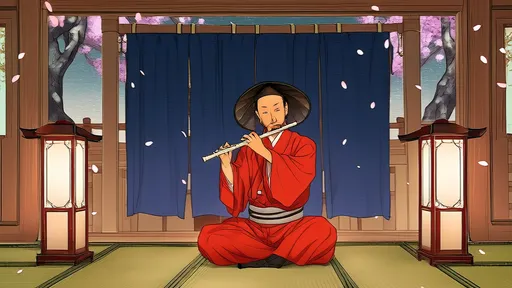
By /Aug 7, 2025

By /Aug 7, 2025
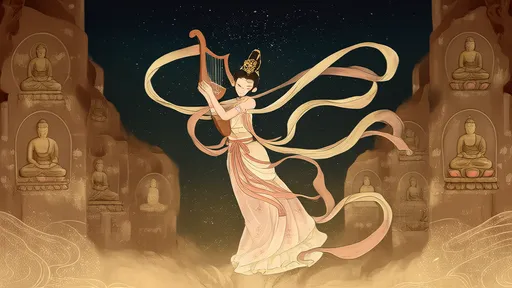
By /Aug 7, 2025

By /Aug 7, 2025

By /Aug 7, 2025